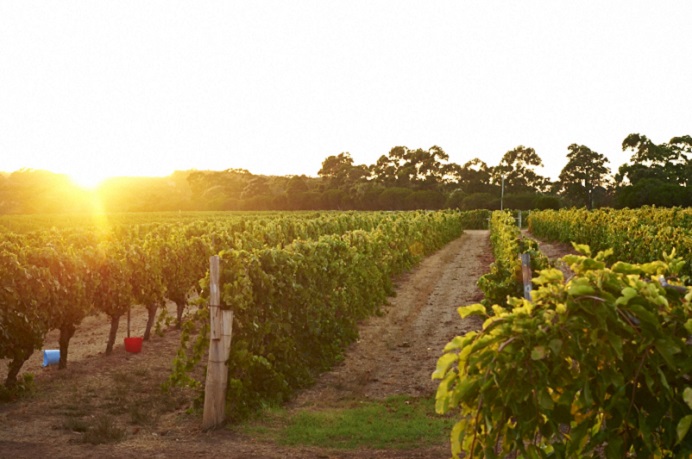
Vineyard Practices, Footprints and Wine Quality
Sustainability is a word that’s bandied around in agricultural production quite a lot these days and consumers, quite rightly, are concerned about the authenticity and safety of their food. In the 21st century, any well run vineyard is managed with an eye to being as sustainable as possible. The aim is to employ techniques designed to ensure minimum damage to the environment while at the same time producing high quality grapes, at reasonable cost.
In support of this aim, there is a multitude of tools for vineyard managers to choose from across a broad range of philosophies. At one end of the spectrum are growers who believe in the benefits of Steiner’s Biodynamic system, to those at the other end, who prefer to use techniques based on modern science. Importantly, no matter what system people choose, the aim, in the end, is to achieve the outcome outlined above.
At Moss Wood, we fall firmly within the latter category and are happy to update and improve our vineyard and its sustainability, based on the evolution of science.
It is fashionable to talk about a vineyard’s footprint and there is a tendency for people to produce throw away lines like “the only footprint a vineyard should leave are your footprints”, or similar. If only it were that simple.
Regardless of which management system is chosen to run a vineyard, there is a significant issue that looms large whenever this concept is debated. Every year, a large part of the vineyard’s annual production, the crop, is taken away in the form of the finished wine, and with it go nutrients that can’t be replaced unless they are brought in from outside. This means that a vineyard management system, of any sort, is not and cannot be sustainable in itself.
On one hand, the major nutrient which leaves any vineyard in the form of grapes or wine is of course water, and to a greater or lesser extent, this is replaced naturally from the sky. However, in locations where rainfall is insufficient, vineyard managers quite rightly use irrigation as a supplement to reduce, or eliminate, any shortfall. However, access to and use of water is a very emotive debate in Australia and diverting water courses or accessing other sources of water can leave a very significant foot print. The question is, can this be justified? Typically, the answer is yes, although almost always with qualifications.
Most of the minor nutrients need to be topped up by inputs from outside the vineyard. The degree to which this takes place depends on the nutrient in question but to illustrate the point let’s use the example of Nitrogen. It is possible to provide an on-site supplement, at least to some degree, by growing legumes, usually as cover crops between the vine rows. This will go some way to maintaining a minimum level of nitrogen in the soil. However, these plants also compete for soil moisture, so must be managed carefully to ensure they don’t diminish the crop they are planted to enhance, especially in unirrigated vineyards such as Moss Wood and Ribbon Vale. It could also be said that if the legume is not a species native to the local environment, then its cultivation in itself will also leave a footprint.
Grapegrowers therefore need to turn to external sources. Traditionally, these are mineral fertilisers that are cheap to buy and are easily applied, at carefully calculated rates that meet the plants’ minimum requirements. Or, they may use mulches and composts from different sources – organic winery waste, for example. Since mulches and composts are natural products, their composition will vary, meaning application rates of the individual nutrients are less accurate. They do, however, have the attraction of bringing other benefits by enhancing things like soil microflora and structure. The point here is not to debate the merits of these different choices and typically a combination of both is used, but rather to point out that, once again, there is a footprint here, no matter which choice is taken.
We have reached this point without giving any consideration to the often vexed question of disease control but we hope this helps clarify, at least to some degree, how confusing a concept sustainability is. In fact, a strong argument can be made that without a series of outside interventions, which will invariably leave a footprint, no vineyard can be viable in the long term. Perhaps the key is to make as soft a footprint as possible.
